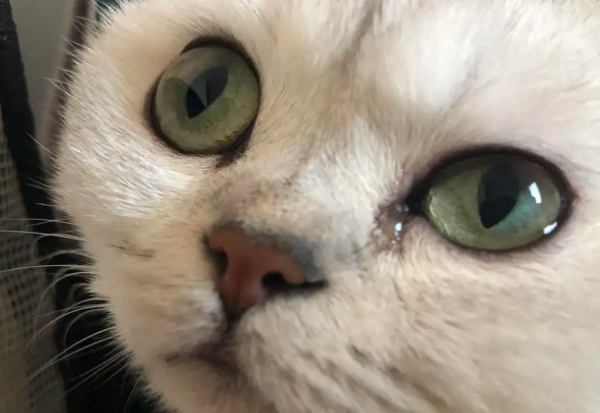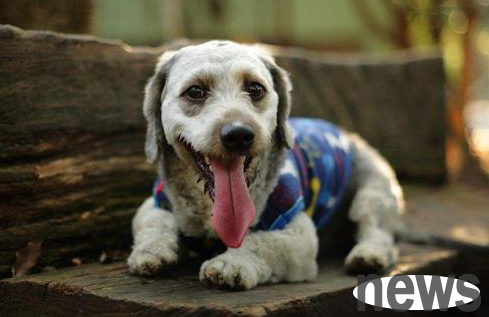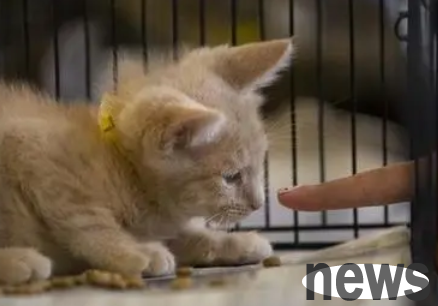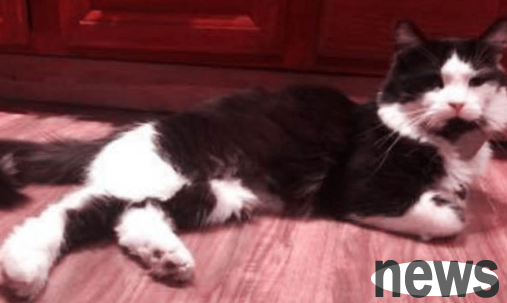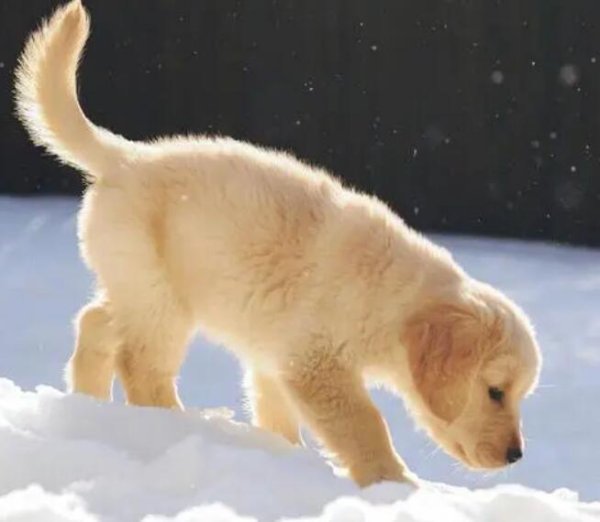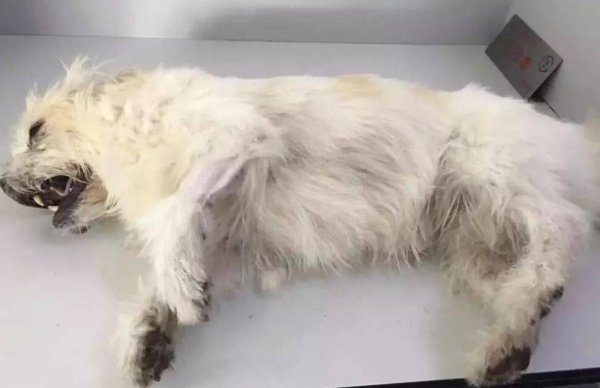How to bathe a dog? Novice master learns
1. Get ready for the bathing area. Get all the items you need, towels, dog hair wash, dog hair conditioner (if necessary), and sponge. Place them so you can get them when you need them without blocking the road and being kicked or splashed by dogs. Pull out the water pipe or turn on the faucet of the bathtub. When adjusting the appropriate water temperature, remember that the dog's skin is more sensitive. Use light warm water or warm water. If you think it is necessary, you can find a helper.
2. Thoroughly comb the dog's fur. Now is the time to check if your dog has skin, fur or health problems, while also allowing the dog to relax and show your love for it. If you find ticks, let the veterinarian or do it yourself.
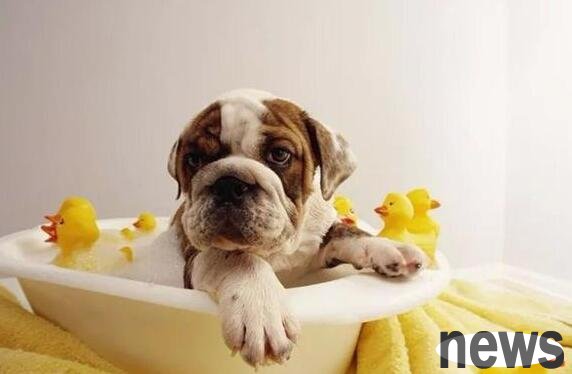
3. Select the good hair wash. If your dog always scratches itch, make sure it is because it is because of parasites, allergies, or just skin irritation. If the dog has parasites, you can choose good quality flea-killing hair cleansing semen at pet stores or retail stores, or hair cleansing semen that targets other specific problems. Otherwise, choose mild hair wash, or homemade hair wash, as many dogs are allergic to hair wash, which contains chemicals. Some regular hair washes are made of oats to help reduce overall skin irritation. If your dog is still young, check to make sure the puppy is at the age to use the hair wash.
The key to reducing overall skin irritation is to thoroughly rinse the dog after bathing. You can also purchase lock-type water pipe accessories designed to thoroughly rinse your dog. These lock-in accessories can be installed in the sink (to bathe the puppies) or in the bathroom for larger dogs to bathe. Rinse the dog with clean water without using a special bath cup. Some locking accessories have long water pipes and spray heads, so you just need to put the spray head upside down under the dog and rinse its abdomen. Your dog may think he is doing a spa. If it is summer, you can also bathe your dog outdoors.
4. Thoroughly soak the dog's fur and apply hair wash. Start with the head. Make sure to massage the hair wash into all skin folds, such as the forefoot and under the neck. For best results, massage it in a circle with your thumb or finger. Make sure to thoroughly wash and scrub the dirty areas.
5. Clean the head and face. This step is very important if your dog has or has had flea problems. This move will rinse the fleas to the body, making it easier to remove as many fleas as possible. If the dog uses hair wash semen without marking it as "not tingling the eyes", then prepare a warm and humid funnel and gently rub its face and under its meridian. Perform this step with higher temperature water to combat fleas and help remove them. Avoid letting hair washes enter the dog's eyes, nose, ears and mouth.

The ears are fleas' favorite hidden places. Breeds with large ears (poodles, blood hunting dogs, Maltese, etc.) will be easily infected if the ears are wet. For these dogs, you just need to get a slightly wet face towel or use a wet cotton ball to clean the inside of your ears (try not to use a cotton swab to avoid harming your dog's ears).
Wait for a while as directed on the bottle, so that the hair wash serum left on the dog can work.
6.Rinse the dog until the water flows from the fur becomes clear. Then rinse again. If a dog avoids washing his face, you can repeatedly lead the water from the faucet to its face to rinse it. You can also use a wet face towel to wash away the water by drawing a small circle.
7. Prepare a small or large towel and spread it on the back of the dog and dry it. Make sure you dry your dog's ears as well. It is a dog's nature to shake the body when wet, so be careful to avoid being splashed. In winter, spread a dry towel on the floor, use a hair dryer and a dog to dry and comb the dog's hair with a hair brush. This is also required every time you bathe your puppy.
You may want to spray some dog perfume for your dog. You can buy this product at ordinary dog stores. Use perfume with caution, some dogs may be sensitive to it. Consult a veterinarian or professional animal beautician before use.
If a dog's ear is susceptible to infection, use two drops of the veterinarian to help dry the ears.
Pull out the hair in the ear to clean it to be considered as cleaning the dog (especially dogs with ears that are susceptible to infection). A veterinarian or commercial dog groomer can do this and will be happy to show you the right way to do it.


